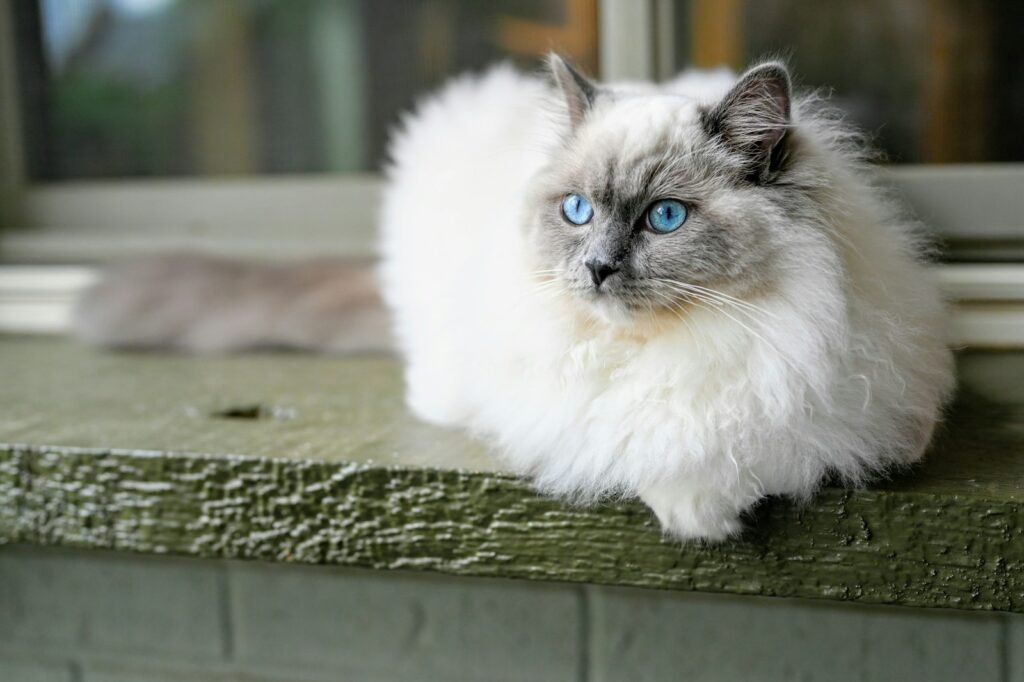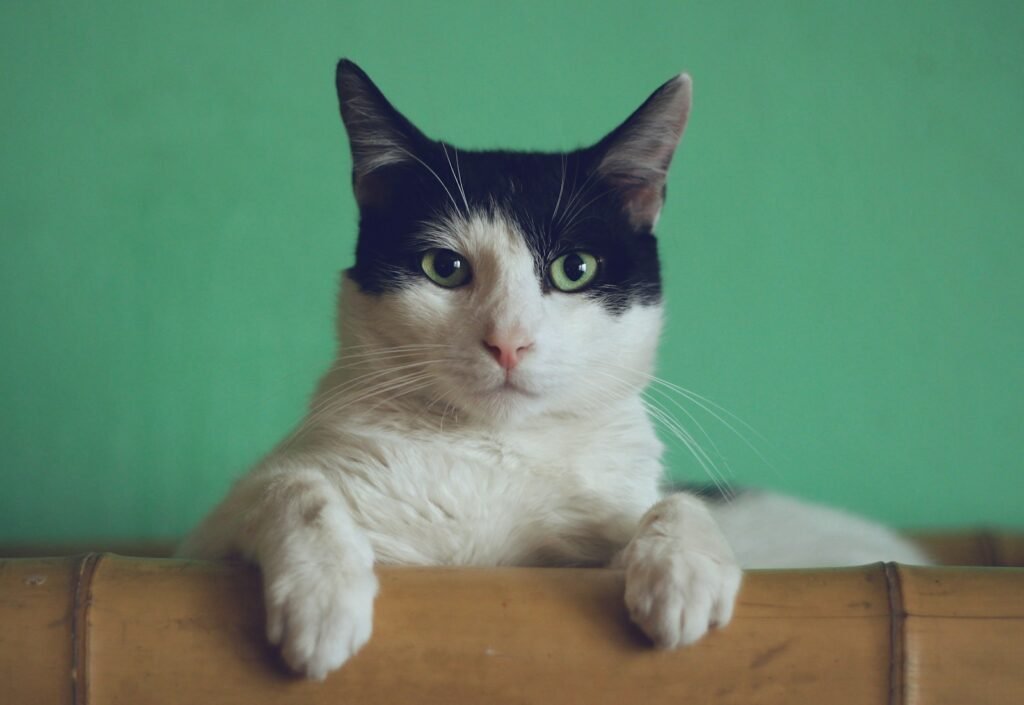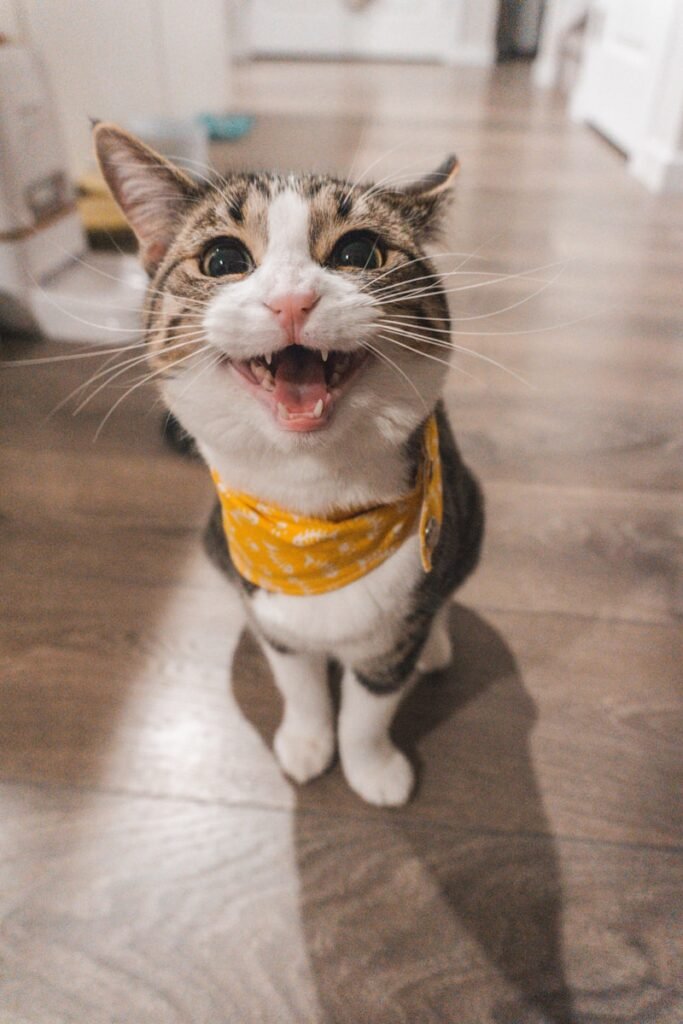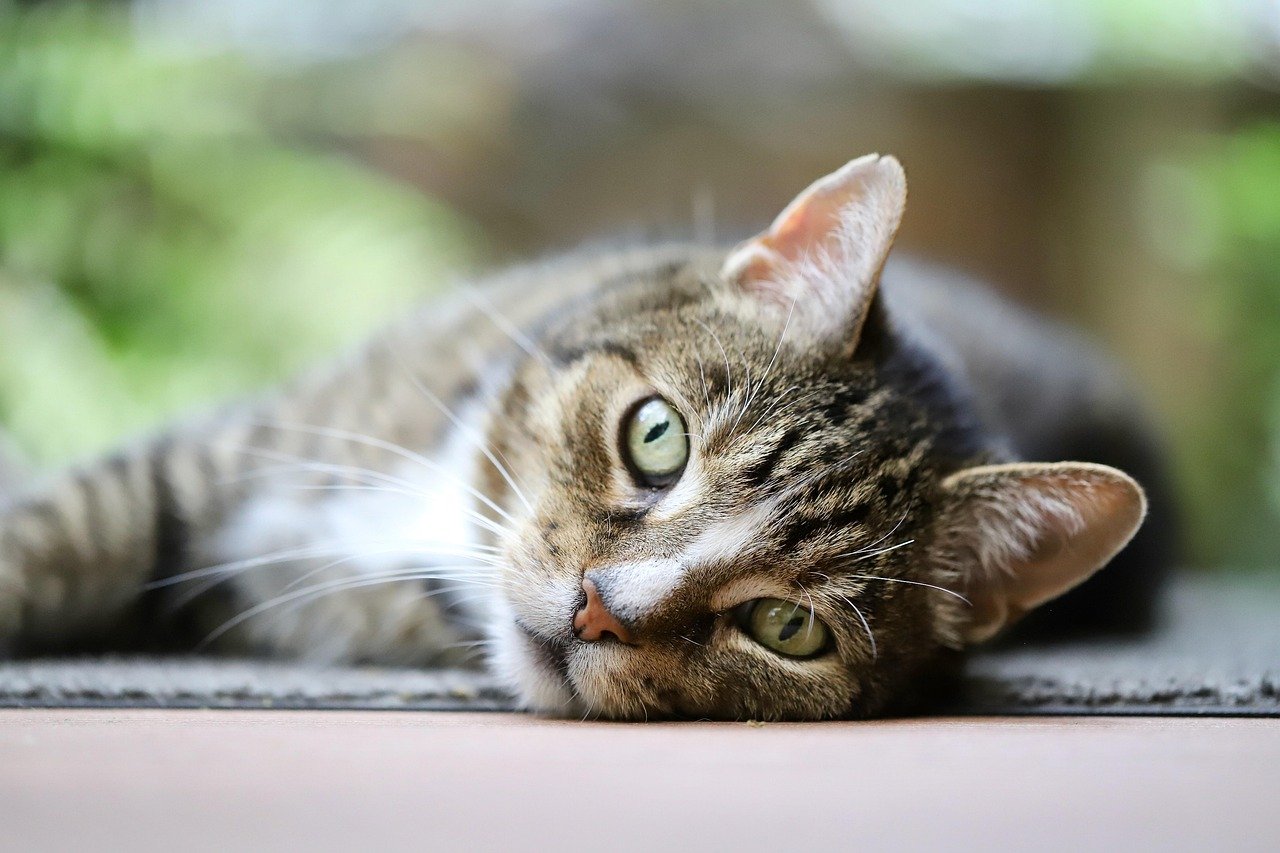Cat lovers, prepare to purr with excitement. A brand-new study out of Kyoto University is shedding light on what might be behind some of our feline friends’ most iconic behaviors — like that sweet, soothing rumble known as purring. And the answer might just be in their DNA.
While we’ve long admired cats for their mysterious charm, science is only just catching up when it comes to decoding their behaviors. Compared to dogs and other mammals, domestic cats haven’t been studied nearly as much. But this latest research aims to close the gap by exploring the genetic roots of purring and vocalization — and how these may be connected to one little snippet of cat DNA called the androgen receptor gene.
Purring and Personality: A Genetic Connection

The study focused on 280 mixed-breed cats living in 265 homes across Japan — all spayed or neutered, and all adored by their humans. Cat parents answered detailed surveys about their pets’ behaviors, and researchers collected cheek swab DNA samples to analyze the cats’ androgen receptor gene. This particular gene is known to play a role in behavior across many animal species.
What they found was striking: cats who carried the short-type version of the gene were more likely to be purr-happy. These cats not only purred more frequently, but the short-type males were also more vocal in general — especially with humans.
Female cats with the same short-type gene, however, showed more aggression toward strangers. This suggests that the gene might influence a range of social behaviors, depending on sex and context.
Meows and Mixed Breeds

Interestingly, many of the cats in this study were former strays or shelter rescues. That’s important, because previous studies show that purebred cats — who tend to be raised by humans from birth — are more likely to carry the long-type version of the androgen receptor gene. In contrast, rescued mixed-breed cats are more likely to carry the short-type, and may therefore meow more and rely more on vocal communication.
That could mean that vocal meowing isn’t just a cute habit — it may be a survival strategy, especially in cats who’ve had to work a little harder to get humans’ attention.
Evolution and Domestication
To go even deeper, the researchers compared these findings with data from 11 wild cat species, including the leopard cat and the fishing cat — both close relatives of domestic cats. What they found? Wild cats only had the short-type gene. That means the longer version found in domestic cats today likely evolved later, possibly as part of domestication or selective breeding.
It’s a purr-fect example of how human influence has shaped feline behavior over time — from silent hunters to cozy companions who aren’t shy about telling us when dinner is late.
What This Means for Cat Parents

According to study lead author Yume Okamoto, the goal is simple: “Through our research, we hope to deepen our understanding of cats and contribute to building happier relationships between cats and humans.”
If your cat is a chatty snuggler or a shy observer, their genes may be part of the story. And thanks to studies like this, we’re getting closer to understanding what makes each whiskered personality so unique.






